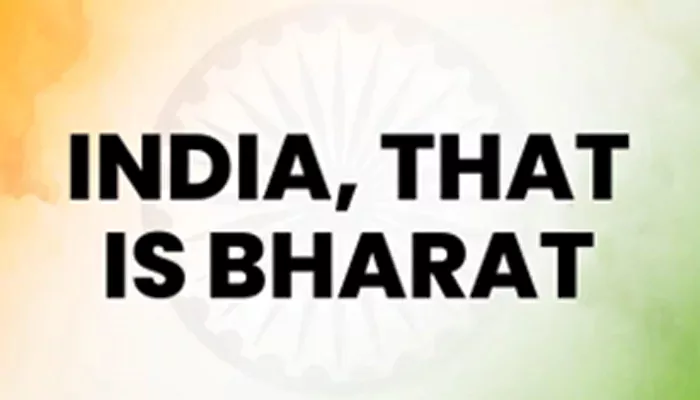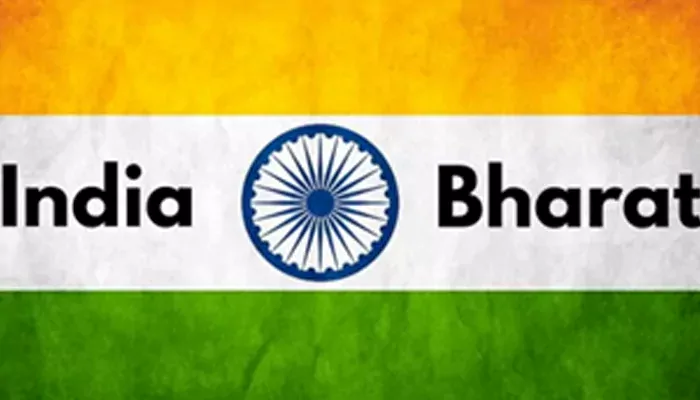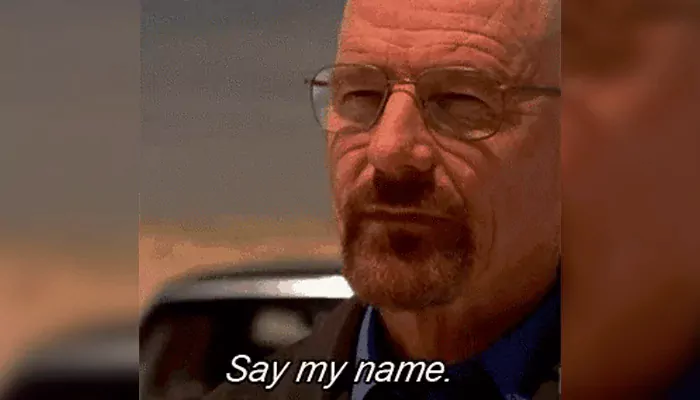
Unraveling how ancient traditions and colonial legacies shaped the names we carry today.
Our Constitution begins with the words: “India, that is Bharat…”, placing two names side by side and equal in weight. And yet, time and again, we find ourselves debating whether we should call our country India or Bharat. The arguments get loud, and somehow, we forget to ask the real question: where did these names come from? And while Shakespeare once asked, “What’s in a name?”, when it comes to a nation, names hold stories.
As we get ready to celebrate India’s 79th Independence Day, let's understand the history behind the names India and Bharat. Because it's a journey that stretches from ancient texts to colonial maps, and from tradition to modern-day politics. So, let’s go back to where it all began.
The name Bharat has a legacy etched deep into the consciousness of the Indian subcontinent. Its roots stretch back to the Rigveda (one of the world’s oldest religious texts), where the term Bharatavarsha appears, referring to the land inhabited by the Bharatas, a Vedic tribe known for their strength and governance.
The Vishnu Purana, a key text in Hindu cosmology, describes Bharatavarsha as the land lying between the Himalayas and the ocean (essentially, the Indian subcontinent). It declares:
“Uttaram yat samudrasya, Himadreshchaiva dakshinam, varsham tad Bharatam nama”
“The land which lies to the north of the sea and south of the Himalayas is called Bharat.”
But who was Bharata?
According to the Hindu mythology, Bharata was a legendary emperor, the son of King Dushyanta and Shakuntala. His rule is said to have united disparate regions into one vast realm, held together by shared values of dharma. Over time, the name Bharat came to represent not just a king’s kingdom but a larger civilizational idea of unity in diversity, ancient wisdom, and most importantly, a spiritual inheritance passed down through generations.
While Bharat arose from within, India came from outside, through the lens of geography and foreign languages.
The name originates from the mighty Sindhu river (now called the Indus), one of the cradles of Indian civilization. The ancient Persians, unable to pronounce the Sanskrit “S,” referred to the river as Hindu. As this term traveled westward through Greek and Latin tongues, Hindu became Indos to the Greeks, and eventually India in European languages.
By the 5th century BCE, Greek historian Herodotus was already referring to the land east of the Indus as India. The name gained currency among traders, explorers, and later, colonial administrators.
Under British rule, the term India became codified. The East India Company, founded in 1600, formalized its use, and by the 19th century, “India” was how the world knew the region. Treaties, railway timetables, maps, and official correspondence all bore the name. It became not only a geographic identity but a colonial one.
Yet, post-independence leaders didn’t wholly reject it. In 'The Discovery of India', Jawaharlal Nehru wrote, “India was the name given by foreigners who came to her shores... yet it is deeply entrenched in our past.” To him and many others, India stood as the face the world recognized, even if the soul was still Bharat.
When India became free in 1947, there was an open question: what should this ancient land, now a sovereign republic, call itself?
The framers of the Constitution debated the issue at length. Some argued strongly for “Bharat” to take precedence, seeing it as a rejection of colonial hangovers and a reaffirmation of India’s civilizational roots. Among them was H.V. Kamath, who said, “Let us go back to the name which is most ancient and most indigenous.”
Others, including Dr. B.R. Ambedkar, favored retaining “India” for its global familiarity. After much debate, the assembly arrived at a nuanced compromise:
“India, that is Bharat, shall be a Union of States.”

This was a thoughtful bridging of tradition and modernity. Bharat, the ancient land of sages and kings. India, the young republic engaging with the world. In uniting both, the Constitution gave space for dual identities to coexist not conflicting.
Over the decades, the Bharat-versus-India debate has surfaced now and then, often reignited by political or cultural developments.
In 2023, it flared up again when invitations for the G20 Summit referred to “President of Bharat” instead of “President of India”. For some, this was a necessary assertion of indigenous identity, while for others, it raised concerns over alienating the global brand India had built over decades.
The argument isn’t new. In the early years after independence, Sardar Vallabhbhai Patel had emphasized the cultural significance of Bharat, while Nehru championed India’s image abroad. As historian Ramachandra Guha notes in ‘India After Gandhi’, “The names Bharat and India are not opposites. They are twin expressions of a plural identity.”
The debate, however, reflects deeper tensions between tradition and modernity, and between inward pride and outward perception. Which name speaks more authentically for the nation? The answer, perhaps, is both.
Shakespeare’s famous line “What’s in a name?” may not apply here. Because for a country like India, names carry centuries of weight.
Bharat isn’t only about Vedic verses or mythical kings. It symbolizes rootedness and the cultural soul of the nation. It speaks of a civilization that has survived invasions, colonization, and modern disruption, yet never lost sight of itself. India, meanwhile, represents openness, evolution, and global integration. It is the name of our democracy, our cricket team, our passports, our cinema, and our scientific achievements, among others. It is the name known across continents, from United Nations sessions to Nobel Prize ceremonies.

The magic lies in the coexistence. One anchors us, the other connects us.
So, whether we chant Bharat Mata Ki Jai or cheer India! India! at a World Cup match, we’re drawing from the same wellspring of pride. Both names belong to us.